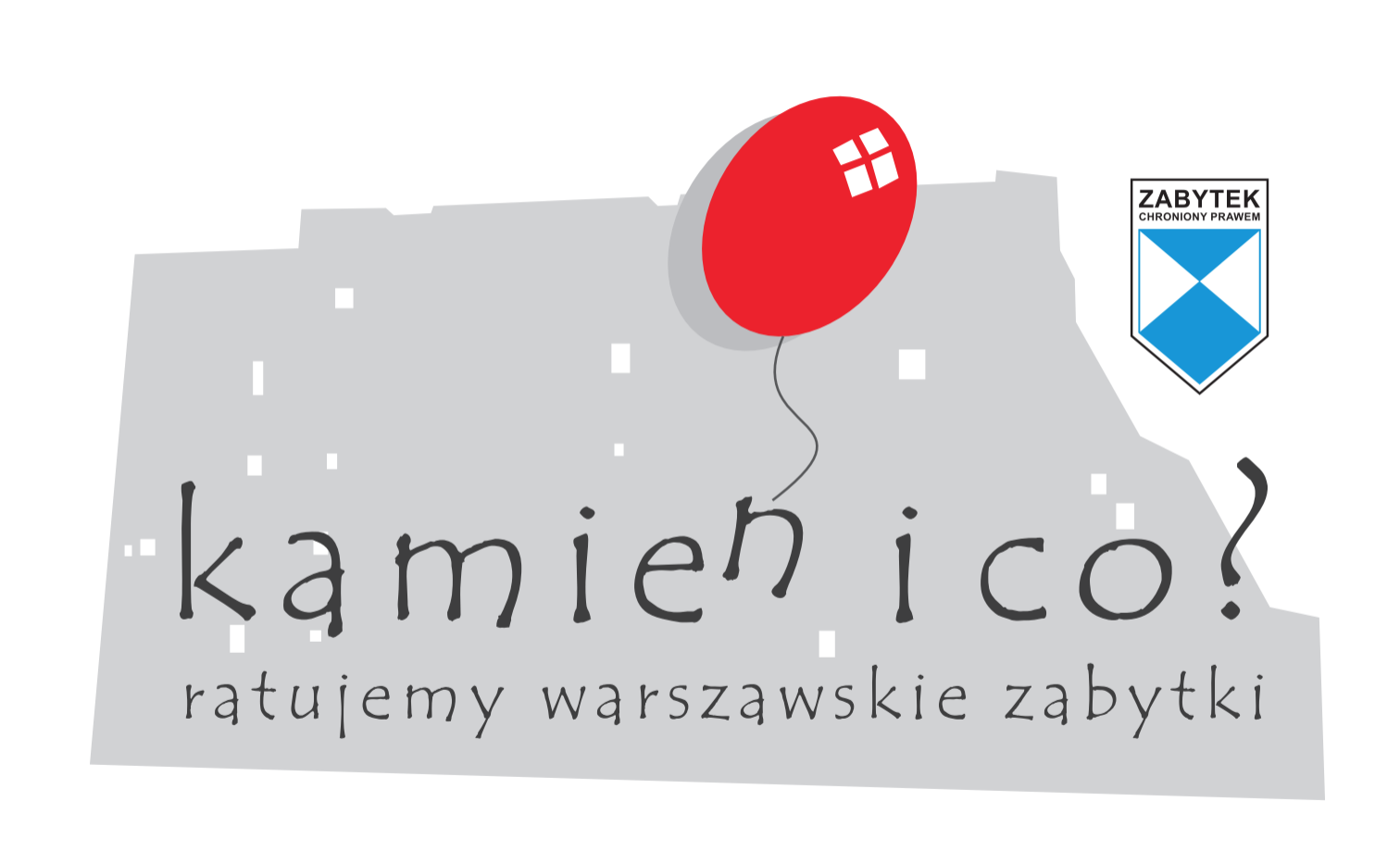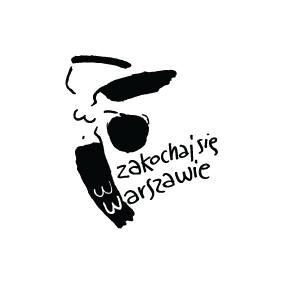
The "Warsaw Autumn" Monument
Wodiczko Square
I may go to Poland in September. Kondrashin is to conduct my Symphony No. 8; I would very much like to be present at this event. I don't know if I can overcome my fear of travelling. But I can't wait to see the place of my birth and childhood
– Mieczysław Weinberg told Dmitri Shostakovich in a letter about his hopes of coming to Warsaw for the first time since his departure on 7 September 1939.
Eventually, his Symphony No. 8 "Flowers of Poland", inspired by Julian Tuwim's poetic work, was withdrawn from the “Warsaw Autumn” program in 1966.
An Official Delegation from the USSR
Since Weinberg crossed the border with the USSR in 1939, the documents featured the name Moisey. He visited his hometown as a member of the official USSR delegation. It was headed by the composer Tikhon Khrennikov, the general secretary of the Union of Soviet Composers, a member of the party, who faithfully followed its instructions. Among the numerous members of the delegation were: Mstislav Rostropovich, Boris Tchaikovsky, Edison Denisov, and Kirill Kondrashin, who was to conduct Weinberg's Symphony no. 8 and was, like Mstislav, a friend of Dmitri Shostakovich.
Soviet guests, including Mieczysław Weinberg, were received coldly – also for political reasons – and the works submitted by them were described as uninteresting and out-of-date. The delegation presented the Warsaw audience mostly with conventional, modernist works, while the new music community was mainly interested in experimental music. Even if Weinberg's work had been performed, probably, he would still not have won the favour of the critics. Like the rest of the Soviet delegation, “Weinberg also did not fit into the Warsaw-Autumn landscape” – is how Krzysztof Meyer recalls that edition of the festival.
The City That Wasn't
Describing his impressions from the 1966 festival, Krzysztof Meyer also mentioned that other Polish composers treated Mieczysław Weinberg with palpable distance. He was acknowledged almost exclusively by colleagues from his studies at the pre-war Warsaw Music Conservatory: Zbigniew Turski and Witold Małcużyński.
However, what genuinely shook Mieczysław were the changes that Warsaw underwent during the war. Krzysztof Meyer remembered how disappointed Mieczysław was that the city, which he remembered so perfectly, had ceased to exist. There was almost no trace of the places where he had lived and worked. Although the building in which the “Central” theatre operated, was reconstructed, the only green part of the area was the square of the Muranów district. The tenement house at Dzielna Street, where the Weinbergs lived in the 1930s, disappeared like most of the northern district.
The Remains of Buildings and the New Face of Warsaw
After the city's reconstruction, Warsaw must have confused Weinberg. With the memory of the pre-war Warsaw still vivid, he quickly realised the selectivity of post-war reconstructions. While the building of the National Philharmonic was rebuilt, it was designed in a much-simplified way that did not resemble its old eclectic body. Another architectural costume was devised for the partially reconstructed Wierzbowa Street and the Theatre Square, where the pre-war Warsaw elites had danced to the rhythm of foxtrots played by Weinberg.
He must have been truly shocked by the remains of buildings in Wola, including the tenement house at Żelazna, where he was born. In the mid-1960s, the construction of the “Osiedle za Żelazną Bramą” (Behind the Iron Gate) housing estate had not yet started, so the pre-war buildings were abandoned in an almost empty space. The area of Okólnik Street also changed beyond recognition: the Ostrogski Palace was reconstructed, but the architectural style referred to its appearance from the 17th century, and not to the castle that Mieczysław Weinberg remembered from his days as a student. The castle was handed over to the Fryderyk Chopin Society. However, the 1914 building, in which the concert hall of the Warsaw Conservatory of Music (designed by Stefan Szyller) was situated, was not reconstructed – today, this is where the Wodiczko Square extends. The return of students to Okólnik coincided with the arrival of Weinberg in Warsaw. In response to their needs, in the years 1960-1966, a new building was erected, which in no way refers to the historic buildings. It was designed by a team of architects: Witold Benedek, Stanisław Niewiadomski, Stefan Sienicki, Władysław Strumiłło and Zbigniew Michejda. Today, it houses the Chopin University of Music.
Photographs from Mieczysław's stay in post-war Warsaw were preserved in the family archives. One of them shows the composer in the company of Nina and Kirill Kondrashin, standing in front of a music store window. In another photo, he stands, leaning to the left, wearing a long dark coat unfastened at the neck. Mieczysław signed the back of the second photo in Polish: “Warszawa, 66 Żelazna Street” and in Russian (in brackets) “(where I was born)”. He also attempted to write the street name in Cyrillic.








